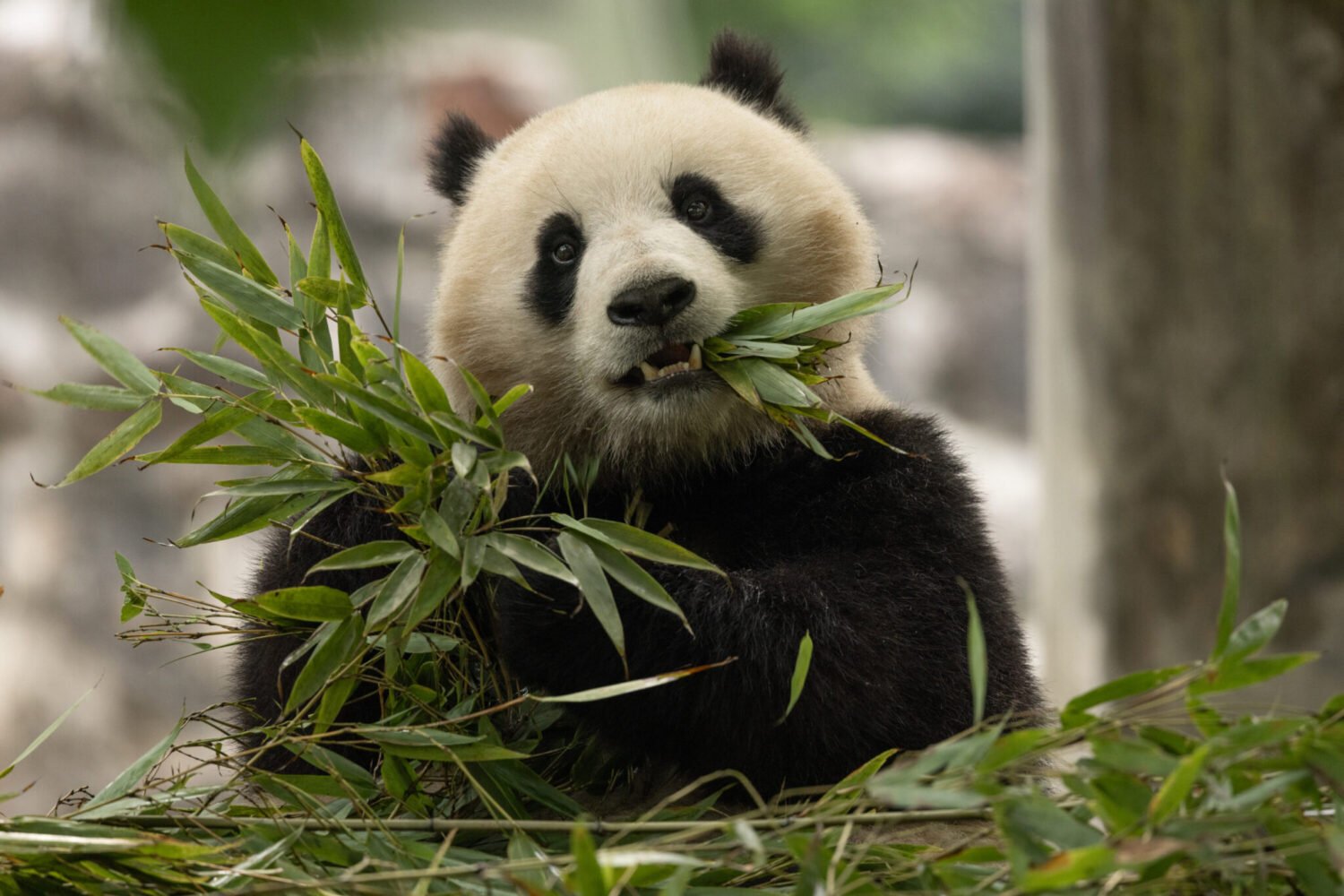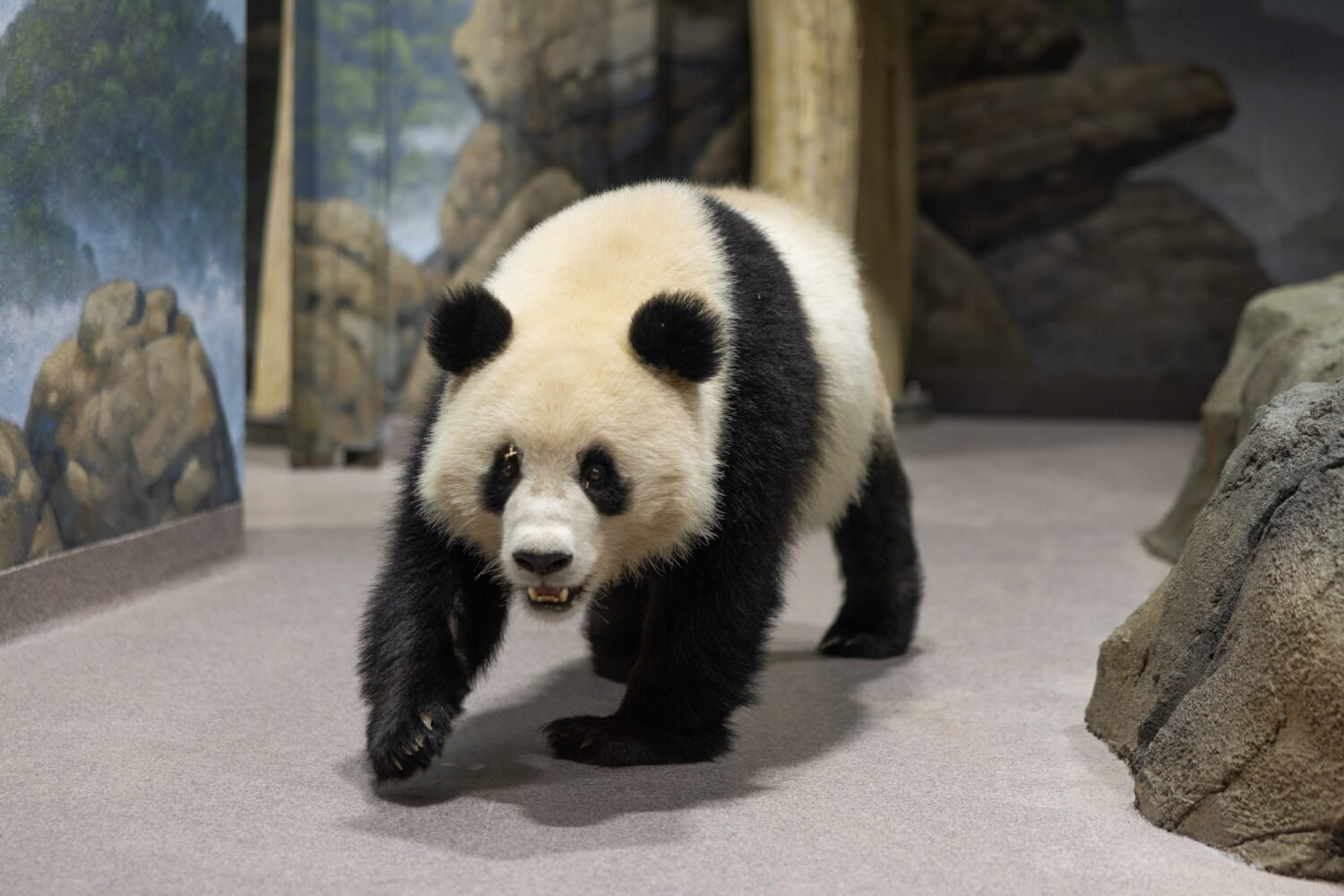Pan Pan, a 31-year-old male giant panda genetically linked to about one-quarter of the world’s population of captive-born pandas, including the National Zoo’s Tian Tian and the three cubs the zoo has raised since 2005, died Wednesday at a conservation and research center in China.
The cause of the bear’s death, which was first reported by the Chinese state media agency Xinhua, has not yet been determined, though suspicious causes have been ruled out in favor of Pan Pan’s advanced age—31 for giant pandas is the equivalent to about a century for humans. Giant pandas have expected lifespans of about 20 years in the wild and longer in captivity; Pan Pan was a few months old when he was captured in 1985.
In captivity, though, Pan Pan enjoyed a particularly active life for a panda, siring at least 32 cubs over a two-decade period, including Tian Tian, who was born in 1997 and arrived at the National Zoo in 2000. Between Tian Tian’s three surviving offspring—Butterstick (d/b/a Tai Shan), Bei Bei, and Bao Bao—and his other progeny’s progeny, Pan Pan has more than 130 descendants in zoos and research facilities around the world, a distinction that earned him the nickname “Panda Grandpa.”
Even more notable is that Pan Pan did it without much assistance from laboratory science. In 2012, as the National Zoo was in the seventh year of a panda-cub drought, one of its research scientists told the Washington Post that Pan Pan was a “really good natural breeder.” (He might have even been so active that he shallowed the panda gene pool.)
Tian Tian, meanwhile, was famously dismissed as a “clueless breeder with flawed technique.” His three offspring with Mei Xiang were all produced through artificial insemination.
















